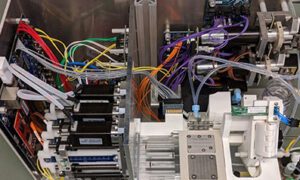Why DMA firmware matters: compatibility, stability, HPTT timing, and how updates shape capabilities across 35T/75T/100T, Fuser, MAKCU, KMBox, and DMA Bundles.
DMA Firmware 101: Unlocking Your DMA Card
Hardware gets you to the start line—firmware gets you to the finish. The right update strategy determines what your board can do, how safely it does it, and how far you can customize. If you’re planning an upgrade path for your dma card make firmware a first‑class concern.
What Firmware Controls
1) Protocol enablement and security boundaries
2) HPTT integration and timing profiles
3)Diagnostics, logging, and recovery behavior;
4)Peripheral handshakes with Fuser, MAKCU, KMBox.
Match Firmware to Your Board Class
Different tiers expect different profiles—35T for essential stability, 75T for balanced throughput, 100T for advanced features and tuning. A curated DMA Bundle can simplify alignment across components and versions.
Best Practices
1) Track release notes and keep a rollback image
2) Validate timing under load after each update
3) Audit compatibility across your stack before deploying widely
4) Schedule periodic reviews—capabilities evolve as firmware does.
Conclusion
Great boards become exceptional with thoughtful firmware. Treat it as part of your architecture, and your DMA card investment will compound over time.































